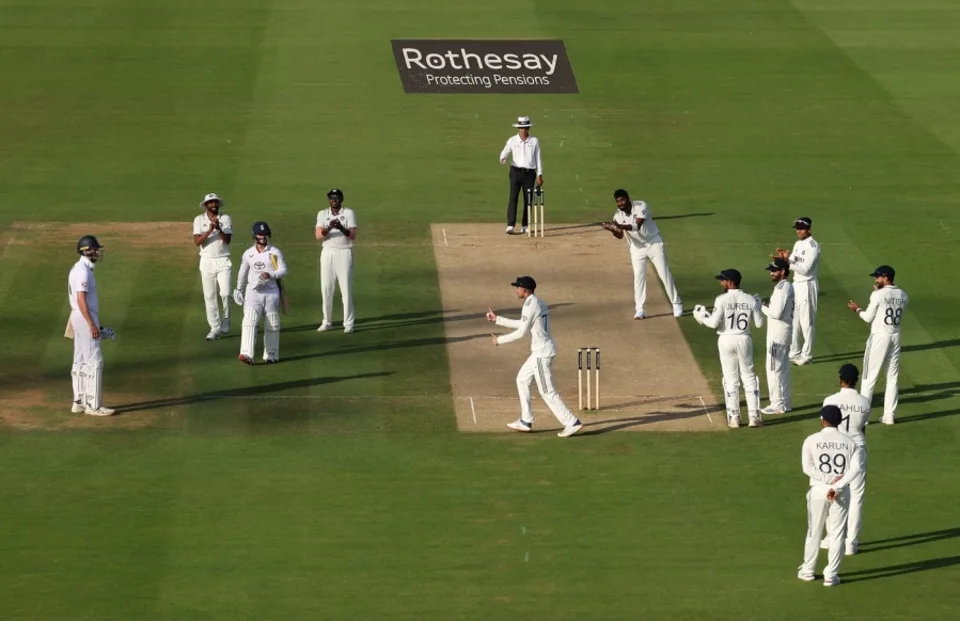
Is the clamour for over-rates justified in this day and age as it belies a lack of both empathy for players and understanding of the issue.
Is worrying about over rates… overrated? What is the clamour all about?
With the additional half-hour, 83 overs were bowled on the first day of the Lord’s Test. Seven overs were lost and would never be recovered. India terminated England’s innings in the first 30 overs on the second day, and England used the extra half-hour once more to bowl 43 overs by stumps. Fifteen overs were lost and would never be recovered. In the allotted six hours plus an additional half-hour on day three, India bowled one and batted for an additional 77 overs against England. Ten overs were lost and would never be recovered.
The teams, match officials, and the ICC have all been widely criticised and accused of “robbing” cricket fans. However, is it reasonable to consider over rates from the perspective of overs lost? What does it suggest about our comprehension of the competitive structure of Test cricket and our empathy for players?
Over rates are computed over the course of a match rather than daily or even innings. Unless the over rate exceeds the mandatory 15 per hour, an innings in which a bowling team may bowl out the opposition in less than 80 overs is not taken into account for calculations.
Keep in mind the ICC’s basic understanding: if you bowl out your opponent in less than 80 overs, you are giving the fans enough entertainment to keep them from feeling “robbed” of the additional few overs. In either case, you are given eighteen minutes to take nine wickets, except the final ball of the innings, unless you get wickets with the final delivery before a break.
It’s crucial to keep in mind that even the ICC does not require teams that use a lot of quick bowling to bowl all 90 overs in a single day. Referees privately state that a review is necessary because 90 overs of primarily rapid bowling is too much to expect.
Here, we must decide if we want Test cricket at its best or large volumes of part-time spin to finish the daily grind of 90 overs.
Referees and umpires appear to be more in favour of the latter, which is why they are tolerant of players taking numerous interruptions to change their perspiring gloves or to consider the shape of the ball. Even gamesmanship, like in the final seconds of the third day at Lord’s, can produce dramatic tension between two rival teams carrying out their duties.
There are still issues that need to be resolved. The penalties for slow over-rates appear excessively severe considering the match umpires’ generally sympathetic demeanour. A sixth of the WTC points that England won for winning the Lord’s Test were lost due to their overrate. However, if teams are still tardy despite all the allowances they receive and the implementation of stop clocks, you may argue that they should pay dearly.
India utilised more spin in the second innings—not to make up time, but because their spinners became dangerous—going beyond 15 overs per hour and increasing their overall over rate for the match. In the first innings, the over rates at Lord’s were pretty comparable.
Even though England also dismissed India in less than 80 overs during the second innings, they were unable to surpass 15 runs per hour due to an injured spinner. Therefore, the overall estimates were unaffected by their second-inning over rate.
Teams are under more pressure on over rates when they play more frequently in conditions that need primarily rapid bowling. This is known to the ICC. Perhaps by the next WTC cycle, a solution will be found. We will be less upset about overs lost in the meantime if we pause to consider how much Test cricket has changed and how over rates are actually determined.

